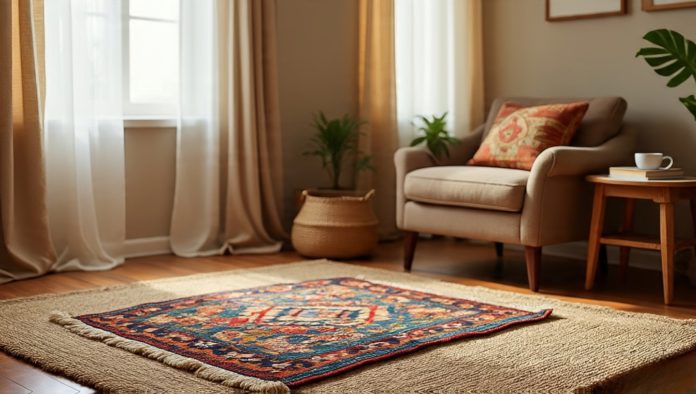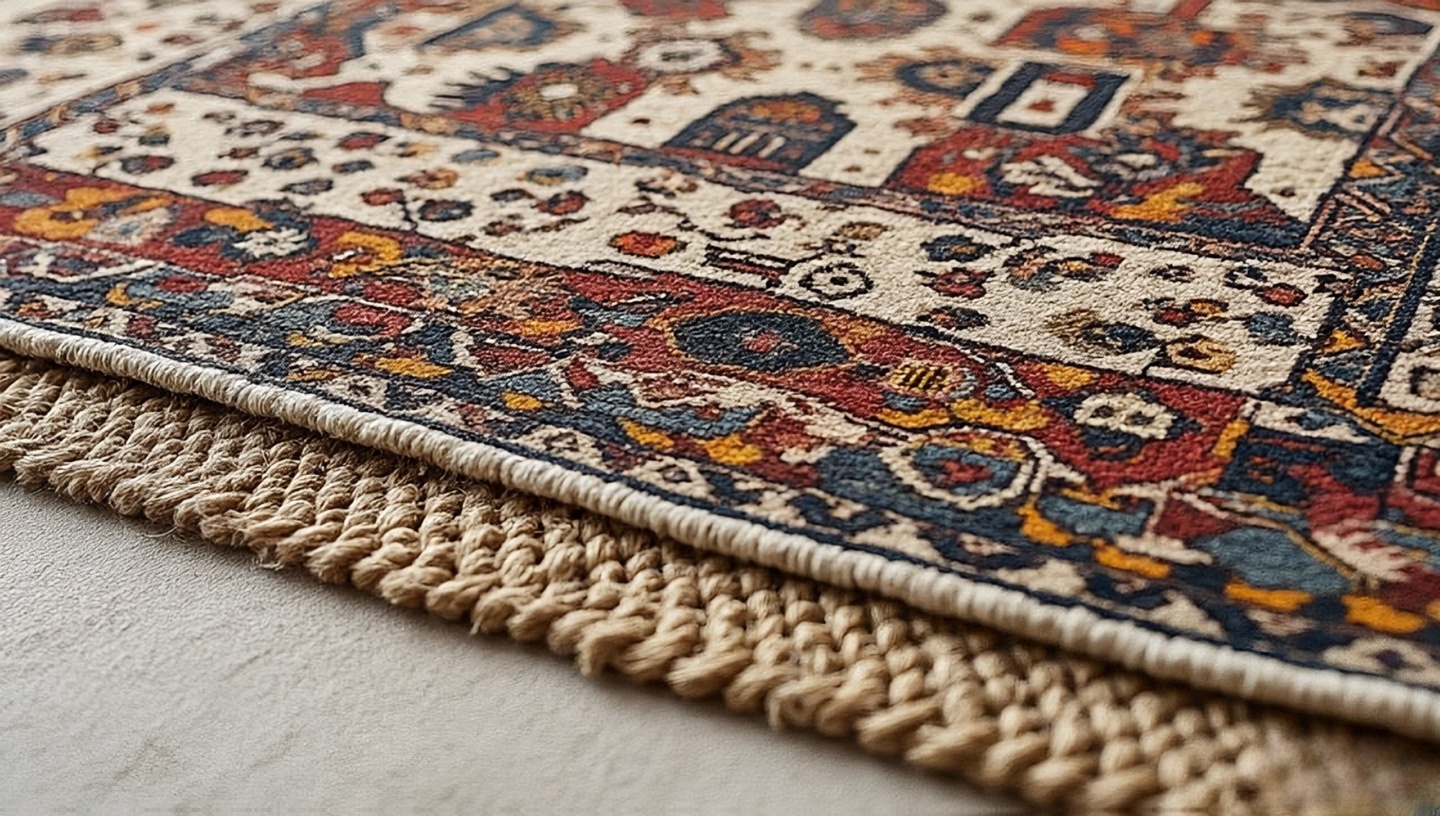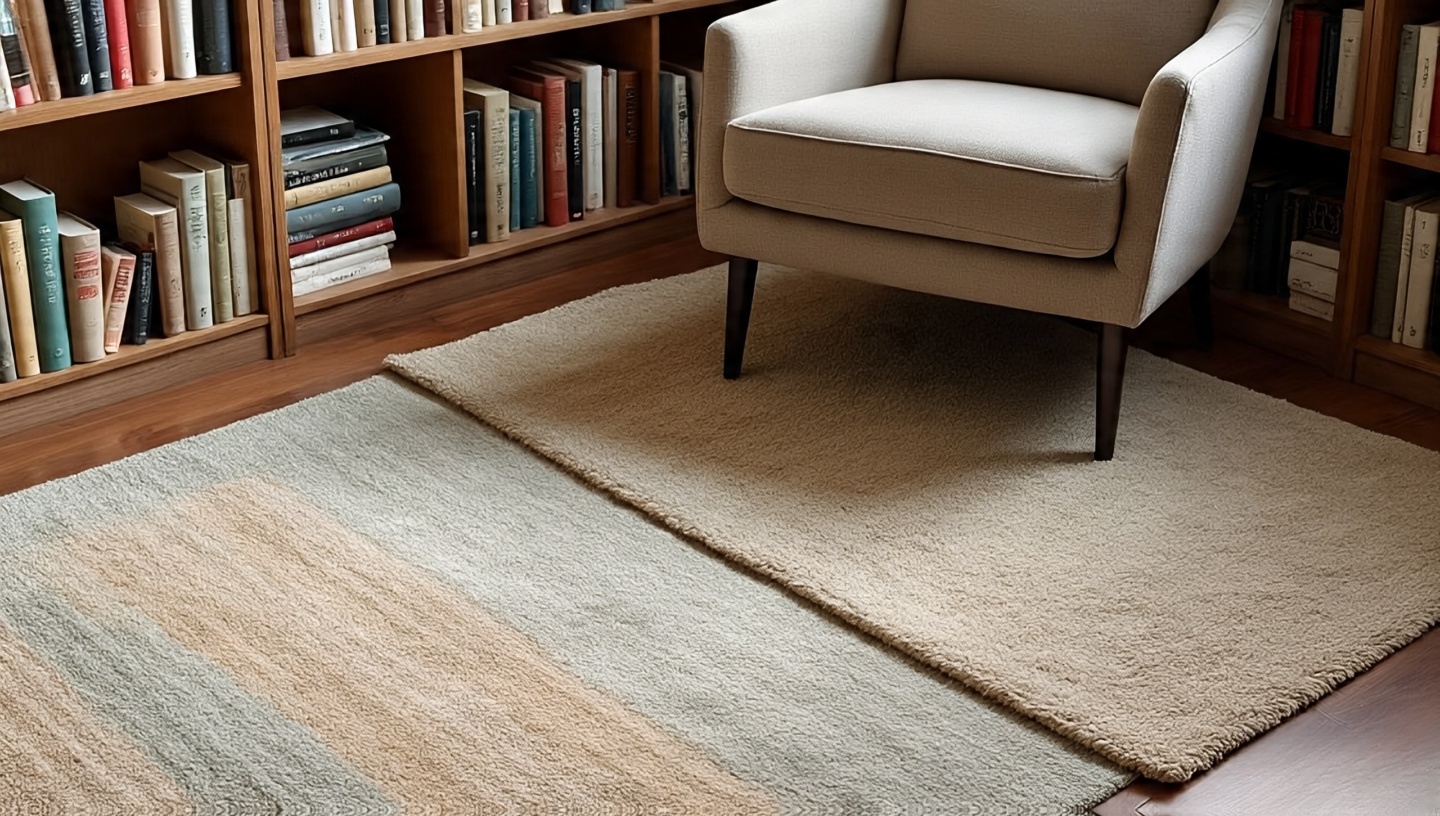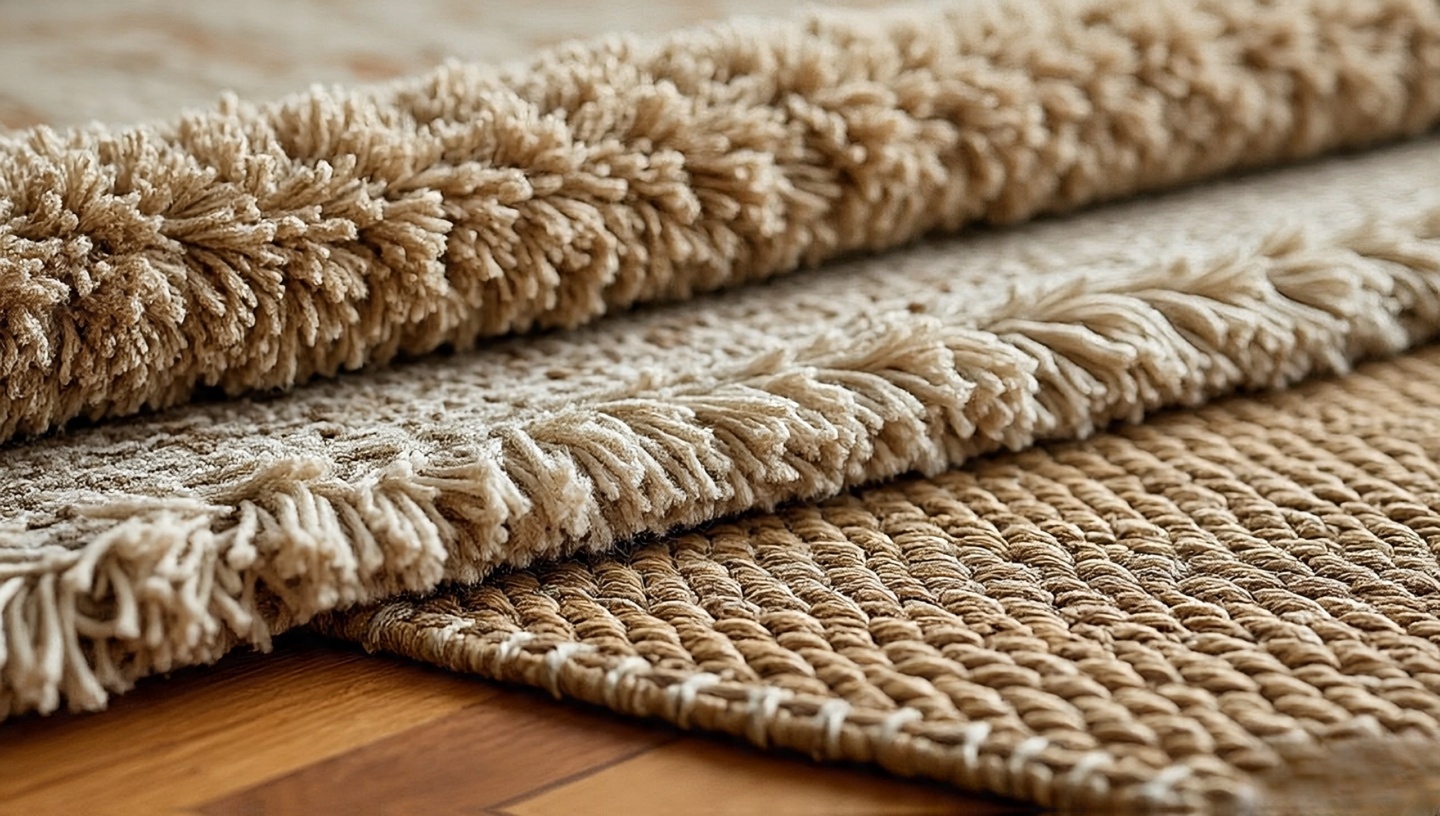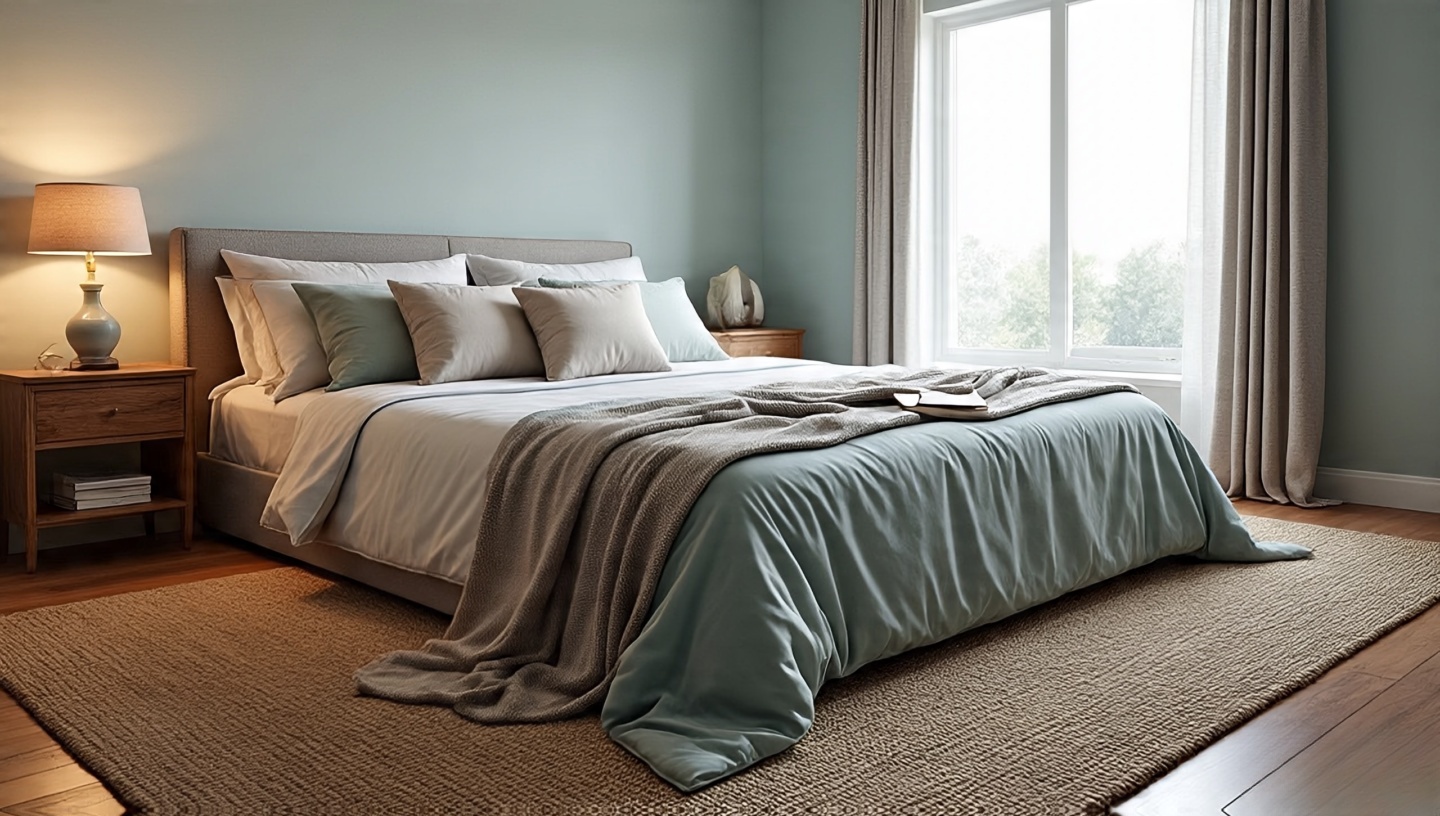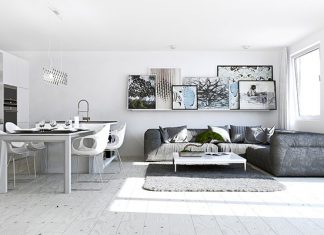Roohome.com – I still remember the quiet crunch of jute under my feet when I first experimented with layering rugs. I had a big, slightly faded wool rug and a small vintage kilim I picked up at a flea market. The moment I set them together, the living room felt like it had a heartbeat. The textures whispered stories earthy jute, warm wool, a hint of spice from the kilim’s dye. That simple act of overlap transformed a flat space into something that felt traveled and alive.
Why Layer Rugs At All?
Layering rugs isn’t just for design magazines. It’s practical and surprisingly forgiving. Maybe your favorite rug is too small for the room, or you want to protect a pricier piece with a cheaper base. Or maybe you just crave that collected, bohemian vibe. Mixing patterns and textures adds depth and warmth that a single rug can’t match.
- Texture Play: Think soft wool over flat jute, or silky viscose atop sturdy sisal.
- Budget Friendliness: Use a large, inexpensive rug as a canvas, then showcase a smaller statement piece.
- Seasonal Flexibility: Swap the top layer when the mood or weather changes.
Getting Sizes Right: More Important Than You Think
Start with a base rug big enough to define the conversation area. A common mistake is going too small, making furniture float awkwardly. For a living room, aim for a base that lets the front legs of sofas and chairs rest comfortably on it. Over it, layer a smaller rug (often 2/3 the size of the base) for contrast. I once tried a top rug barely half the size of the bottom one looked like a coaster on a placemat. Lesson learned.
Overlaps That Feel Effortless
The magic is in the overlap. Don’t center everything like a grid. Slide the top rug slightly off-kilter. Let one corner peek out beneath an armchair or edge under a coffee table. The human eye loves a bit of asymmetry it feels casual, lived-in, like a campsite that’s been enjoyed for a while.
- Diagonal Drama: Angle the smaller rug so one corner leads toward a doorway.
- Offset Balance: Shift the top rug a few inches left or right for a relaxed vibe.
- Edge Framing: Keep three to four inches of the base rug visible around the smaller one to showcase both.
Anchoring Furniture Without Killing the Flow
Furniture placement can make or break the layered look. A coffee table can straddle both rugs, unifying the setup. Sofas should at least have their front legs on the base rug, while side chairs can overlap slightly onto the top rug for a playful touch. When I anchored a leather club chair half on the kilim, half on the jute, it felt like the chair was inviting you in for a long read and a cup of cinnamon tea.
Materials & Textures: The Secret Sauce
Pair opposites for maximum impact: smooth on rough, shiny on matte. A shag or Moroccan rug over a natural jute base is a classic move. The base handles foot traffic; the top delivers that plush, sink-in comfort. For dining areas, flip it use a low-pile wool base and a flat woven runner layered across the center like a textile table runner for your floor.
- Tip: If you live in a humid climate, add a thin rug pad between layers to let air circulate and avoid mildew.
- Tip: For allergy-prone households, avoid deep shag as the top layer it traps more dust.
Patterns That Sing Together
Patterns are where personality explodes. If you love global motifs, consider pairing a muted kilim with a vibrant Moroccan print. Balance is key: if the base rug is busy, let the top be simpler. I once stacked two bold geometrics, thinking “more is more,” but it gave me a headache every time I entered the room. Editing is love.
Need inspiration? Dive into the guide to global patterns for Moroccan, Turkish, Indian, and Berber designs. It’s a passport to texture and history without leaving your living room.
Color Stories You’ll Want To Live In
Layering rugs is like mixing paint on a palette. Earthy neutrals on the bottom let you splash jewel tones on top. Or go monochrome with shades of gray and charcoal for a gallery-like calm. Think about the light in your room too a northern exposure might crave warm terracotta, while a sun-drenched space can handle cool blues and greens.
The Small-Space Hack
In a studio apartment, layering can define “zones.” I once lived in a 38-square-meter flat where a jute rug marked the living area and a striped runner layered diagonally separated my reading nook. It felt like two rooms in one, without a single wall erected.
Practical Tips to Keep It From Slipping
- Use a quality rug pad beneath the bottom rug for grip and cushion.
- For extra security, add thin double-sided carpet tape under the top rug corners.
- Rotate layers every few months to even out wear and fading.
Challenges & How to Tackle Them
Shedding: New wool rugs shed. Vacuum lightly with a brushless attachment.
Cleaning: Layered rugs mean double duty. Shake out the top one often; lift it to clean crumbs from the base.
Sunlight Fade: If your room gets fierce afternoon rays, rotate rugs quarterly. A little discipline keeps the colors vibrant.
When to Break the “Rules”
Design rules exist to be bent. Want three layers? Go for it. Prefer a tiny accent rug over a giant base, like a postage stamp on an envelope? If it delights you, it works. I once threw a cowhide on top of a thick shag just because it reminded me of a mountain lodge and it became everyone’s favorite conversation piece.
Rugs Beyond the Living Room
Layering works in bedrooms, dining rooms, even hallways. A patterned runner over a neutral carpet can guide the eye like a trail through a forest. In bedrooms, place a narrow rug atop a wide sisal under the bed’s edge; you’ll love the first-morning step onto that soft surface.
The Emotional Payoff
There’s a quiet satisfaction in creating a room that tells your story. Rugs absorb memories: the echo of laughter, the soft patter of pets, the smell of morning coffee. When you layer them, you’re literally stacking experiences. Each fiber catches a piece of your life.
Final Thoughts Your Turn
Layering rugs is part art, part play. Don’t overthink it. Start with what you have, shift things around, listen to the textures underfoot. Maybe tonight, roll out that smaller rug from the closet, slide it at an angle, and see how the room changes. If it feels like camping but fancier, you’ve nailed it.
